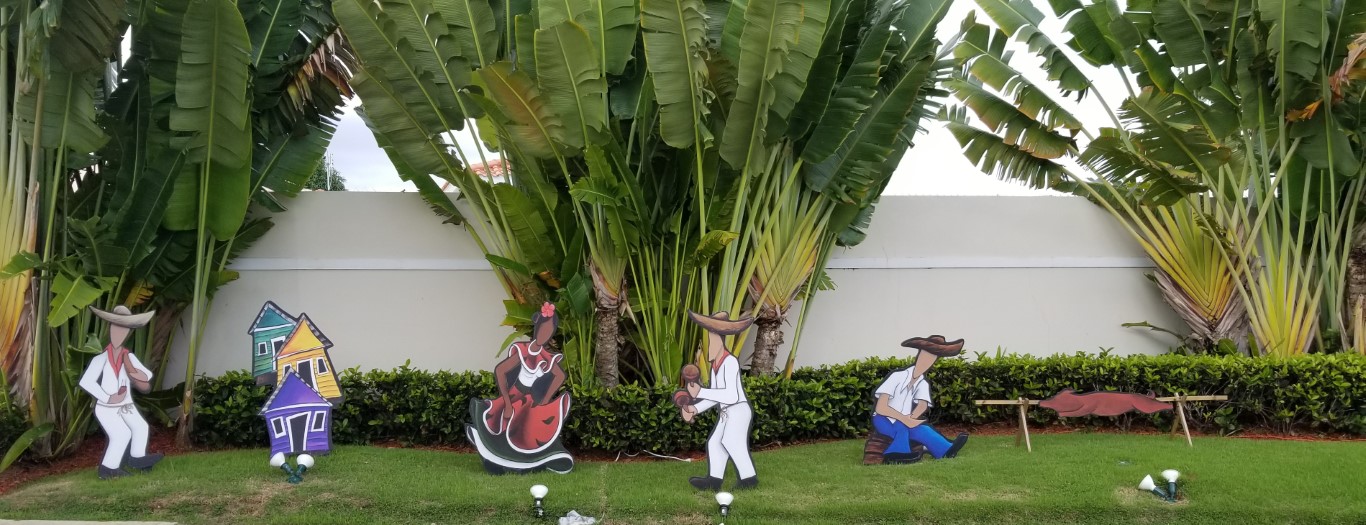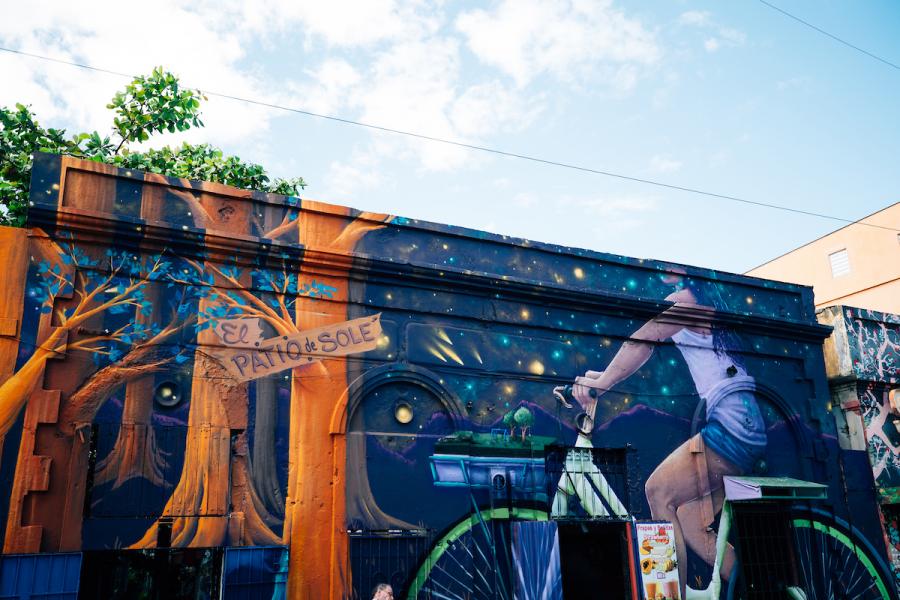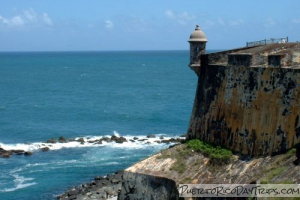How many Americans knew Puerto Rico was part of the United States until the egomaniacal liar, Trump, started throwing paper towels at its citizens? I know you did, but I had to mention the ridiculous action of that man. I just returned from there after a wonderful vacation with my husband on his current boat, Bali Ha’i IV, regrettably to me, not a sailboat, but still we were on the ocean, a place I love to be. So, if you’re interested, read on for a brief ‘history’ of Puerto Rico.

My phone provider, Verizon, doesn’t seem to know it. It reminds me of when as a child in the mid-1940s, I returned to New York after 2 years living in New Mexico. At least half the students in my private school 4th grade class thought I’d been living in Mexico. They didn’t realize New Mexico was actually a state! Today, Americans are more well-traveled and more aware of geography.
For the record Puerto Rico is geographically part of the Greater Antilles, which also includes Cuba, Jamaica, and Hispaniola, and is one physiographic section of the West Indies.
Puerto Rico has a fascinating history, a diverse geography from a rain forest to a stunning cordillera and lots of beaches. The population today is also something of a mixture of descendants of the indigenous people, Spanish conquerors, African slaves, other Caribbean island people, and American colonists. The indigenous people were the Taíno arriving on what they called Borinquén in about 1000 C.E. They had been driven north from the Venezuela area of South America by the Caribs, a distinctly different tribe in language and culture. The Taíno in Puerto Rico (as in all the Americas for all indigenous peoples) were mostly wiped out by disease brought by Europeans for which they had no immunity and the brutal work they were forced to do as slaves in mines and on plantations by the conquerors, in this case Spanish. However, not before many of the first Spanish took Taíno women as “wives,” thus their DNA lives on.
Columbus described the Taíno in a letter to the Spanish Queen he served:
“They traded with us and gave us everything they had, with good will…they took great delight in pleasing us…They are very gentle and without knowledge of what is evil; nor do they murder or steal…Your highness may believe that in all the world there can be no better people…They love their neighbours as themselves, and they have the sweetest talk in the world, and are gentle and always laughing.” www.blackhistorymonth.org.uk/article/section/pre-colonial-history/taino-indigenous-caribbeans/
On his second voyage in 1493, Columbus actually rescued some Taíno prisoners from the Caribs on Guadeloupe, an island further down the West Indies chain and did, in fact, return them to Borinquén, which he then claimed for Spain and renamed San Juan Bautista. Until 1508, the clan-based Taíno were able to continue their primarily hunter-gatherer lifestyle with some agriculture including growing pineapple and cassava, as well as collecting seafood, living in small villages headed by a cacique/chief.
All that changed with the appearance of Juan Ponce de Léon in 1508, who had sailed with Columbus and now had permission to explore San Juan Bautista. He established the first Spanish settlement, Caparra, on the North Coast and started the mining and agricultural work using Taíno workers. Within a few years he moved the town to the northeastern end of the protected harbor and renamed it Puerto Rico. Over time, the town became San Juan, and the island became Puerto Rico. It didn’t take the Taíno long to abhor how they were being used, and in 1511, they attempted to overthrow the Spanish, who were, of course, better armed and soon the Taíno were suppressed again. In the meantime the Spanish brought in native slaves from other Caribbean islands and Africa.
By 1530 the island had depleted much of its gold reserves, and many colonists left. Those who remained started the plantations in earnest using slaves, but didn’t fare too well, growing ginger and sugarcane. The island suffered also from pirate, Carib, and French attacks. In the latter 1500s, Spain realized the strategic importance of San Juan and fortified it heavily, including the fort know as El Morro, a major tourist attraction today. Nevertheless, Brits, first in the person of Sir Francis Drake in 1595, and other Brits later, as well as the Dutch attacked but failed to be able to hold their successes for long. San Juan maintained the attention of Spain and was the bastion for the Spanish colonists. The rural inhabitants, now a mixture of peoples and cultures, were called jíbaros. They actually managed fairly well being ignored by Spain and the Spanish colonists with small landholdings, agriculture, fishing, and trading often with Spain’s enemies selling ginger, hides, cattle, and tobacco.
In the 18th century the Spanish Bourbons were in power and ruled with what one historian called :enlightened despotism,” making major economic changes in the military, political, and economic structure of Puerto Rico. This encouraged agriculture on a larger, commercial scale and brought more colonists back to the island including French from Louisiana and Haiti. In 1765, the population was approximately 45,000, and in 1800, it was 155,000. Coffee and sugarcane became major exports; the plantations worked by more imported African slaves.
The 19th century was marked by several major shifts back and forth in the political pendulum. Rather than guide you through all of those, I’ll leave it at that. It ended with the Spanish-American War in 1898 when the United States took Puerto Rico (and Cuba, the Philippines, and other territories) from Spain. The main reason the U.S. wanted Puerto Rico was as a coaling station for its warships, but also for its tropical agriculture. The island was ruled by a U.S. General. The military built infrastructure, schools, etc., but as one historian wrote “the military ruled with little regard for political or cultural sensitivities.”

Puerto Rico thrives on music and dance!

And art; Murals are seen frequently and one town even has a mural festival and competition.

A sentry post overlooking the sea at El Morro, historical fort in San Juan.
Links
www.britannica.com/place/Puerto-Rico/History#ref54547
www.britannica.com/place/West-Indies-island-group-Atlantic-Ocean
www.history.com/topics/us-states/puerto-rico-history
welcome.topuertorico.org/history.shtml
www.blackhistorymonth.org.uk/article/section/pre-colonial-history/taino-indigenous-caribbeans/
“They are very gentle and without knowledge of what is evil; nor do they murder or steal.” Christopher Columbus describing the Taíno, the indigenous people of Puerto Rico.

A wonderful read on the history of this place we should know all about – but don’t really. Thanks!
Thanks!